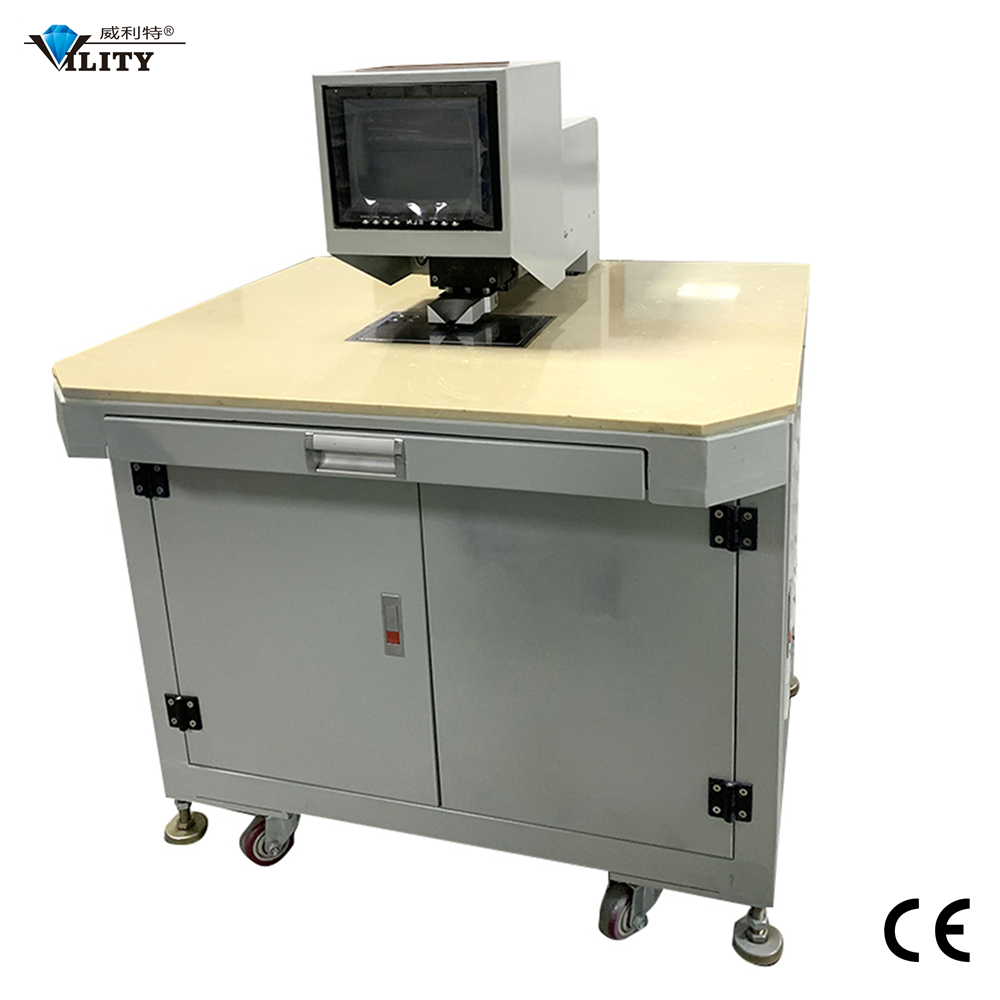Tipo de tecnología de taladro de PCB
Tipo de tecnología de taladro de PCB
Drilling in PCBs (Placas de circuito impreso) puede clasificarse en dos categorías principales: Taladrado mecánico y láser. La perforación mecánica es el tipo de taladro más común utilizado para PCB. Consiste en utilizar una broca giratoria para cortar el material del tablero. Laser drilling uses high-energy pulses of light to precisely remove tiny amounts of material from the board without creating any heat or debris.
Mechanical Drills
Mechanical PCB drilling is a process used to drill holes into printed circuit boards (Placas de circuito impreso) using mechanical drills. The process involves using a drill bit to cut through the layers of the PCB to create holes for components or to connect different layers of the board.
In mechanical PCB drilling, the drill bit is typically made of tungsten carbide and rotated at high speed while fed into the board. The drilling process is controlled by a computer numerical control (CNC) machine that can precisely position the drill bit and control the drilling depth and speed.
There are different mechanical drills in PCB drilling, such as micro drills for drilling small holes and larger drills for drilling larger holes. The size of the drill bit used depends on the size of the hole required and the thickness of the PCB.
After drilling, the holes may be plated with copper to create electrical connections or filled with a non-conductive material to form vias. The quality of the drilled holes is vital for the overall reliability and performance of the PCB.
Por lo tanto, careful control of the drilling process and proper maintenance of the drill bits are necessary to ensure accurate and consistent hole drilling.
Laser Drills
Laser PCB drilling is a process used to drill holes in printed circuit boards (Placas de circuito impreso) using a laser beam. This method is an alternative to mechanical drilling, which uses a drill bit to create holes in the PCB.
This non-contact process involves using a focused laser beam to ablate or vaporize the material of the PCB to create a hole. The laser beam is controlled by a computer numerical control (CNC) machine, which positions the beam precisely over the location where the hole is required.
There are several advantages to using laser drilling over mechanical drilling. For one, laser drilling is a non-contact process, which means there is no physical contact between the drill bit and the PCB, reducing the risk of damage to the board.
Additionally, laser drilling can create smaller holes than mechanical drilling, with diameters as small as 10 microns, making it useful for drilling small holes in high-density PCBs.
Sin embargo, laser drilling also has some limitations. For example, it can be more expensive than mechanical drilling due to the cost of the laser equipment. Additionally, the process can generate heat, which can cause damage to the PCB if not adequately controlled.
Por lo tanto, careful control of the laser parameters, such as laser power and pulse duration, is necessary to ensure accurate and consistent hole drilling.
Laser PCB drilling can be a valuable method for drilling small holes in high-density PCBs. Still, its use depends on the application’s specific requirements and the available equipment.
 Máquina de serigrafía
Máquina de serigrafía
